TEHRAN - Olli Heinonen, the former deputy director general for safeguards at the International Atomic Energy Agency (IAEA), tells the Bazaar News Agency that “Iran is looking for guarantees that the other parties comply with their obligations, which - in the light of recent experiences - is a legitimate concern.”
Heinonen, distinguished fellow at the Stimson Center, also believes that “In a good case, it might be possible to have an agreement by the Nowruz, which could then follow with an implementation phase to introduce the changes.”
Following is the text of the interview with Heinonen:
Bazaar: Iran and the IAEA agreed to install a camera in the Karaj facility. With this agreement, a meeting of the board of governors that was supposed to reach this issue will not be formed. According to the NPT and the Safeguards Agreement, Iran was not obliged to accept the installation of the camera at the Karaj facility. But Iran showed goodwill in doing so. What was the reason for Iran agreeing to this action?
Heinonen: IAEA monitoring activities in the Karaj facility are taken under the Joint Comprehensive Plan of Action (JCPOA) and not under the NPT safeguards agreement. IAEA cameras are essential for successful monitoring, so it is not a question of a goodwill, but agreeing to technical arrangements in the routine implementation of the JCPOA obligations.
Bazaar: What was the significance of this agreement for the continuation of the negotiations in Vienna?
Heinonen: The IAEA had in 2020 more than 1500 surveillance cameras in-field use. Agreements on actual locations and installation of cameras at a facility are normally made between the IAEA facility officer, who coordinates routine safeguards implementation activities at a specific facility, and state authorities. Such a routine monitoring matter should not, in my view, hamper important negotiations on the return to full implementation and possible further development of the JCPOA under new circumstances arisen after 2015.
Bazaar: While Iran expresses hope for the continuation of the talks in the eighth round and even believes that this round may be concluded, but the US National Security Adviser after the seventh round of talks did not express optimism to reach an agreement. What is the reason for the different positions of the Iranian, American, and European teams?
Heinonen: Advancements made in the Iranian nuclear program, open questions related to some nuclear weapons R&D activities and signs of possible undeclared uranium stocks and activities in Iran, call, in the views of the European and US teams, also enhancement of some of the provisions of the JCPOA to ensure a durable, credible long-term solution. It appears, at least in the public statements of the Iranian negotiators, that Iran is currently not ready to address those concerns. At the same time, Iran is looking for guarantees that the other parties comply with their obligations, which - in the light of recent experiences - is a legitimate concern.
Bazaar: Given the recent developments, what is your prediction for the future of the Vienna negotiations?
Heinonen: The JCPOA is, in my view, unnecessarily complicated agreement, which is lacking elements that could be a basis for a long-term solution. Now that Iran and some of the parties have expressed their concerns about the deficiencies of the JCPOA, the negotiators should focus on introducing revisions, where restrictions are tied on performance and not some automatic execution with artificial milestones. The best way to build confidence that the Iranian nuclear program is and remains peaceful, is to have regular reviews of the progress made and adjust restrictions based on performance of all parties. Since, at this stage, views of parties are in variance, and it will take considerable amount of time to agree on a new approach. In a good case, it might be possible to have an agreement by the Nowruz, which could then follow with an implementation phase to introduce the changes.

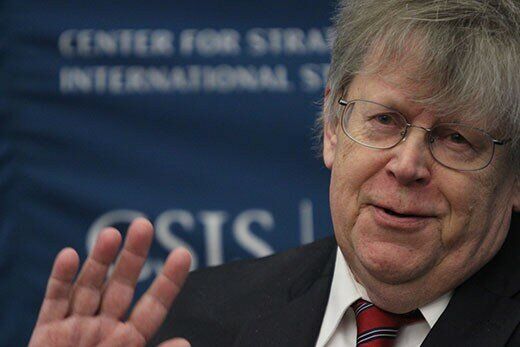




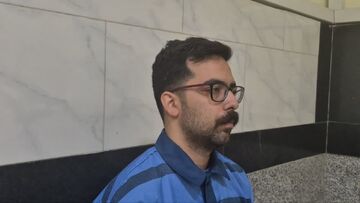





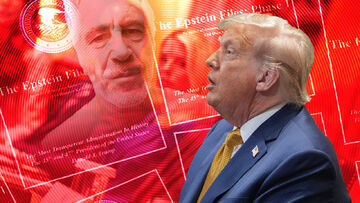
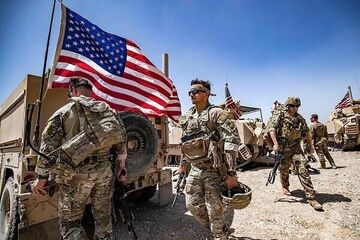
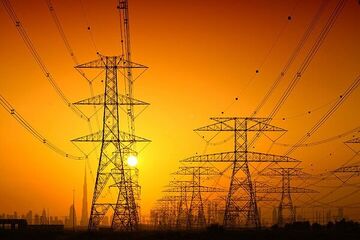
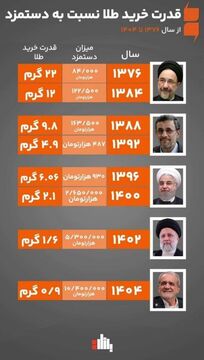
نظر شما